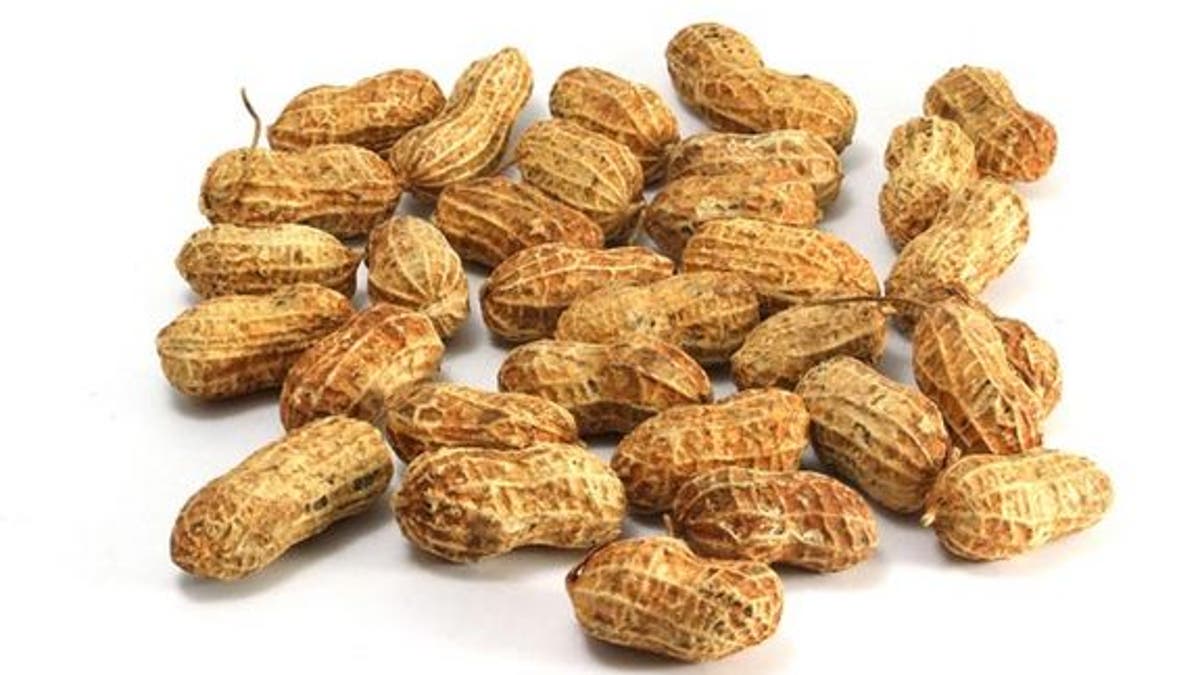
(iikozen, stock.xchng)
Question: If you put Harry Potter’s invisibility cloak on a cashew, what would you get?
Answer: A crunchy snack that people with nut allergies might safely be able to eat.
Wait, what?
OK, so that bit about the invisibility cloak might be a tiny bit dramatic, but check this out: Experts really are working to develop less allergenic versions of nuts, and it actually does have to do with making a part of the nut, in a way, invisible. (See, that wasn't such a weird example after all. Well, maybe a little.)
By treating cashews with the compound sodium sulfite, USDA scientists have been able to tweak the structure of the nut’s allergenic proteins, making the proteins less visible to the body’s IgE antibodies (they’re the immune system soldiers responsible for launching a full-scale attack when an allergic person eats something they shouldn’t).
MORE: Are Hidden Food Allergies Making You Miserable?
"They’re the same proteins, but the chemical alteration leads to a change in how the proteins look to the immune system. It changes their shape and makes them harder to see," said Chris Mattison, a molecular biologist who presented his research at last week’s annual American Chemical Society meeting. And if it’s harder for the immune system to see a threat, it’s harder for it to find a reason to freak out.
But sadly, we’re a long way off from seeing allergy-free cashews—or any other nuts—on a shiny display at the end of the grocery aisle. Mattison and others are still looking at cashew extracts, and haven’t yet figured out a process for disguising the proteins in whole nuts. Plus, there’s other important stuff to figure out: Will an allergy-free cashew still smell and taste the same, and have the same nutritional content?
For now, all of that is still too early to tell. Still, isn’t science nuts?
